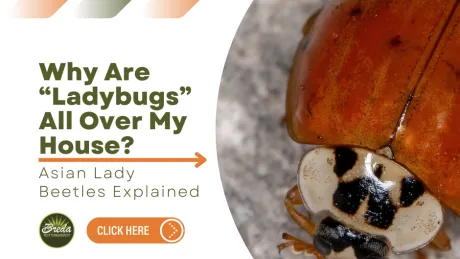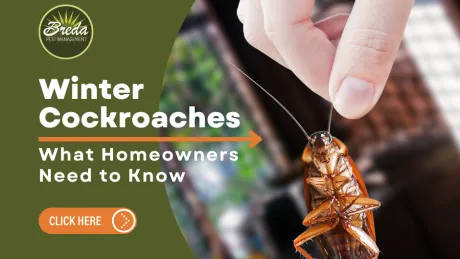Squirrels may be cute, but they can wreak havoc on your home's wiring and insulation. Outside or in, at a utility pole or within your walls, these bushy-tailed rodents can be a major headache. Just how much damage can they do, and what can you do to prevent it? Let's take a look.
1) Drooping Power Lines
Communications and electrical service wires are like squirrel highways, providing direct routes from one yard to another. Squirrels won't intentionally attack such useful routes, but just as our interstates develop cracks and potholes from heavy use (just look at I-75!), these squirrely highways will break down over time. The wires will begin to sag, first pulling away from the fasteners that hold them in place, then coming loose from the utility poles completely, drooping into each other or even reaching the ground.
2) Chewed Power Lines
Squirrels build large nests in the junctures of tree branches. Sometimes they are close to or even encapsulate electrical and utility wires. This doesn't happen that often as these critters tend to nest at a higher level than utility runs, but when it does they can place too much weight on a line. In addition, the squirrels' litter of pups may begin to teethe on the insulating outer core of the wires. This will eventually tear them open.
3) Rooftop Wiring
For squirrels, roofs are big flat playgrounds high in the air. Roofs may not be good spots to hide nuts, but they are quick ways to cover lots of ground without being bothered by dogs or humans. You've probably heard them scampering across your roof at some point, chasing rivals from their territory. If they get on top of the electrical or cable service drop during those escapades, it's just one more place that they can pull it away from your home or otherwise cause damage.
4) Attic Wiring and Insulation
A common area where rodent activity takes place is inside attics. Once they gain access (often from the roof) they may nest in fiberglass insulation, or simply use the attic as a resting place. Either way, it's unhealthy and unhygienic. The average squirrel is far from house-trained. In addition, they can damage exposed attic wiring by chewing on it or even by running across it in the wrong spot. Wires pulled loose by passing paws can create dead circuits. They can also create loose, live wires and thus, fire hazards.
5) Within Walls
Perhaps the most unpleasant way for a squirrel to damage wiring is by burrowing within the walls of your home. Again, they may try to build a nest, or they simply want to explore. They'll have the same ill impact on the walls as they do in on attic, with the added complication that it's harder to repair damaged wire if it's behind a wall. If a squirrel does chew its way through a wire, it may get a lethal dose of electricity—a sad end for the squirrel, and a foul-smelling situation for your home.
So is there a way to prevent these critters from overrunning your home? No one can completely prevent squirrels from being in your yard or near your home, but there are ways to encourage them to go elsewhere. The best option is exclusion-- sealing up any holes in your home where a rodent might gain access. Whether you're concerned about potential infiltration or already have an issue, contact Breda Pest Management and find out how we can remove an infestation, disinfect the affected area, and ensure that those pests don't return.
If you happen to need rodent control services, don't hesitate to give us a call today!



